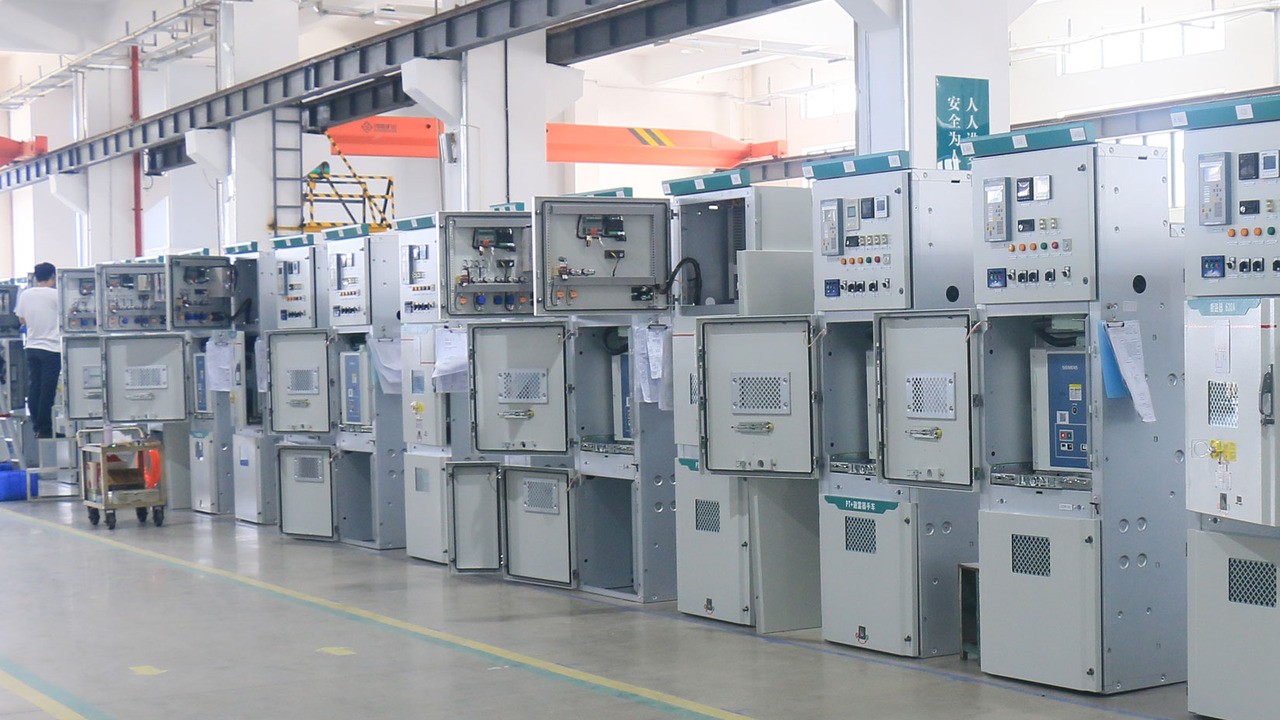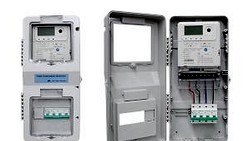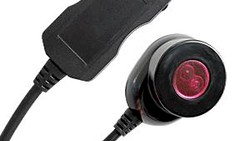When it comes to delivering electricity to people, it's crucial that the process is efficient, dependable, and safe. That's why Ring Main Units (RMUs) have become essential in medium voltage distribution networks. They offer compact and adaptable ways to distribute power. This article will go into detail about the features, uses, benefits, and things to keep in mind when it comes to RMUs.
Understanding RMUs
RMUs are compact, fully enclosed switchgear units designed to distribute electrical power in medium voltage networks. They serve as crucial elements in secondary distribution networks, connecting multiple consumers through a ring configuration that enhances reliability and load switching capabilities.
Key Components and Design
A typical RMU comprises primary and secondary switchgear components, including load switches, circuit breakers, fuses, and protective relays. The unit is housed in a robust enclosure, ensuring environmental protection and personnel safety. The compactness of RMUs enables their installation even in areas where space is limited, such as urban or underground applications.

Main Applications of RMUs
Ring Main Units (RMUs) are compact, enclosed switchgear units commonly used in medium voltage distribution networks. Here are some of the main applications and uses of RMUs:
- Secondary Distribution Networks
RMUs are primarily employed in secondary distribution networks to provide electrical power to urban and suburban areas. They are installed in ring configurations, allowing for multiple supply paths and better reliability of power distribution. - Compact and Space-Saving Solutions
RMUs are designed to be compact and space-saving, making them suitable for installations where space is limited. They are often used in urban areas, underground applications, commercial buildings, and industrial facilities where available space is a constraint. - Fault Isolation and Sectionalizing
RMUs allow for easier fault detection, isolation, and sectionalizing of the distribution network. In case of a fault in a particular section or feeder, an RMU enables the isolation of that section, minimizing the impact on the rest of the system and improving the reliability of power supply. - Load Switching and Protection
RMUs are equipped with load switch or circuit breaker units that allow for both manual and remote switching of loads. They provide protection against overcurrent, short-circuit conditions, and provide control over the flow of electrical power. - Remote Monitoring and Control
Many modern RMUs are equipped with advanced communication and automation capabilities, enabling remote monitoring and control. This allows for real-time status monitoring, fault detection, diagnostics, and better coordination with other devices in the distribution network. - Improved System Flexibility
RMUs enhance the flexibility of distribution networks by allowing for load reconfiguration, re-routing, and expansion without significant operational disruptions. They facilitate system upgrades, expansion, or maintenance without interrupting power supply to the connected consumers. - Safety and Reliability
RMUs are designed to provide a high level of safety and reliability. They are typically housed in robust enclosures, offering protection against environmental factors and ensuring the safety of personnel. Furthermore, their design allows for easy maintenance and serviceability.
Considerations for Deployment
While deploying RMUs, several key factors should be considered:
- System Coordination
Proper coordination with other protective devices such as fuses, relays, and circuit breakers is essential to minimize fault response time and prevent damage to equipment. - Environmental Factors
RMUs should be selected based on the specific environmental conditions of the installation site, including temperature, humidity, corrosive agents, and seismic activity, to ensure optimal performance and longevity. - Scalability and Future Expansion
Consideration must be given to the expected growth and expansion of the distribution network. Choosing RMUs with scalability features allows for smooth integration and expansion without significant disruption.
RMU configuration
When configuring a Ring Main Unit (RMU), some key parameters to consider are:
- Voltage Rating
The suitable voltage level to meet the requirements of the specific network. - Load Capacity
The maximum load that the RMU can handle without compromising performance. - Fault Rating
The ability of the RMU to withstand and interrupt fault currents. - Switching Capacity
The capability of the RMU to handle load switching operations smoothly. - Protection Features
The included protective functions like overcurrent, earth fault, and short-circuit protections. - Communication Compatibility
The integration capability with communication protocols for remote monitoring and control. - Compactness and Space Requirements
The physical dimensions and installation space needed for the RMU. - Safety Measures
The inclusion of safety features such as interlocks, grounding, and internal ventilation systems. - Environmental Considerations
The ability of the RMU to withstand harsh environmental conditions like moisture, dust, and temperature variations.
Takeaway
Ring Main Units (RMUs) play a pivotal role in ensuring efficient, reliable, and safe power distribution in medium voltage networks. Their compact design, fault isolation capabilities, load switching functionality, and remote monitoring features make them indispensable components in various applications. By choosing RMUs, network operators can enhance system reliability, improve load management, and achieve seamless control over power distribution while prioritizing safety and offering future scalability.
If you have any inquiries about our ring main units or any other distribution equipment, feel free to reach out to our dedicated specialists, who will be delighted to provide you with assistance.
Editor's note: This article was originally published in August 2023 and has been updated for comprehensiveness.





All comments are moderated before being published. Inappropriate or off-topic comments may not be approved.